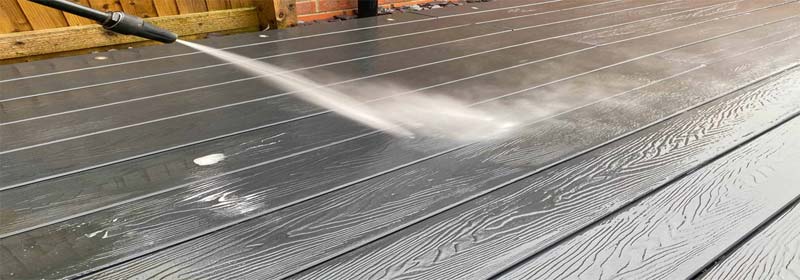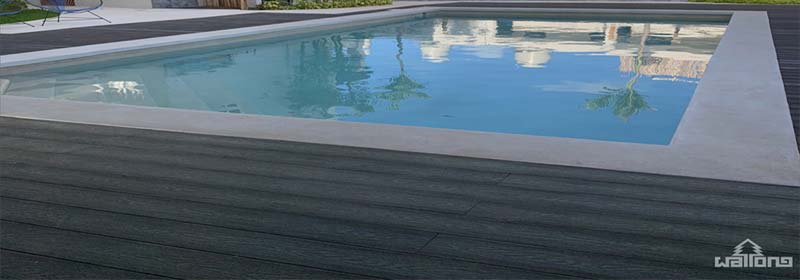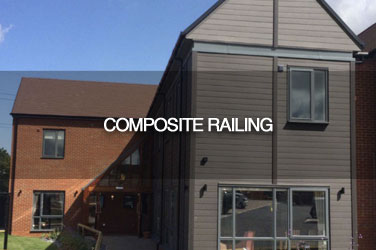Nowadays, the popularity and usage rate of the wood plastic composite are higher and higher. Many of the house owners perfer to use WPC decking to decorate. And the usage of the preservative wood flooring is relatively decreased.
So, what are the differences between wood plastic decking and preservative treated wood decking?
One is that the installation wastage of WPC decking is less than the preservation wood in the same construction area or volume. Because WPC it can be produced in different length, width and thickness, there is some standard profiles which can perfectly meet the basic demands of building material market. And the length can be accurately cut and produced according to the actual size of the landscape, which can reduce the wastage a lot. However, the length of the preservative wood is fixed ,generally is 2 meters, 3 meters and 4 meters, it can not be flexible according to the terrace.
Second, the surface of the wood-plastic decking has been processed before leaving the factory and does not need to be painted. Generally, the surface of the wood must be painted or painted with water-based paint after the completion of the construction or the construction process.
Third, the wood-plastic decking can basically be maintenance-free, as it is determined by the characteristics of its material composition proportion, usually 60% wood fibers + 30% plastic and 10% additives.which creates a better performance than wood. The wood-plastic decking molding itself is an integral material, like 1st generation wpc, even if the surface is worn off, the material of the inner is still the same as the surface and weather resistant. The preservative wood generally needs to be maintained or painted within a year due to the ambient temperature, humidity and ultraviolet rays of the sun. In the long run, the maintenance cost of wood plastic is far lower than that of preservative wood products.

Fourth, under the same construction conditions, WPC use less material but its support more stronger. Generally, for outdoor decking, if wood is used, wood with a thickness of about 45 mm is required. For plastic wood, only 25mm thick material is needed, and its strength exceeds 45mm preservative wood. In other words, if the use of wood is 1 cubic meter, then the wood plastic only needs about 0.5 cubic meters.
Fifth, wood plastic is a new type of building material profile with many hollow specifications,saving a lot of materials. Everyone knows that aluminum alloy doors and windows can be popularized so quickly because they are hollow profiles. If they are solid, the price is incredibly high. The hollow wood-plastic profile is not as high as aluminum alloy, and it is also a good options for building material. Everyone knows that even the WPC becomes hollow profile, it reduces weight, but also keep good enough strength, while preservative wood is impossible.
Sixth, the green concept of wood-plastic floor composite energy saving and environmental protection. The dismantled wood plastic can also be recycled and reused to reduce resource consumption and conform to a low-carbon economy. And preservative wood needs to consume a lot of high-quality wood.
Seventh, generally speaking, high-quality wood-plastic products have a much longer service life than preservative wood. Generally it can reach several times that of ordinary wood. Some data even show that wood plastic can be used for 20-40 years.
Wood-plastic composites have the dual properties of wood and plastics. Adding a certain amount of functional additives can make them wear-resistant, flame-retardant, aging resistance, and degradable. Materials should be developed from low-level to high-level, from single-function to multi-function. By adjusting its composite degree, choosing its connection form and changing its symmetry and other factors, the high value pursued by functional materials can be achieved. It is necessary to fully improve its main mechanical properties so that it can be used as a structural material. How to make full and effective use of limited timber resources, protect the environment, and serve the society has become an urgent problem to be solved. The development of wood-plastic composite materials will open up a new way for the effective and reasonable utilization of waste wood and plastics.







